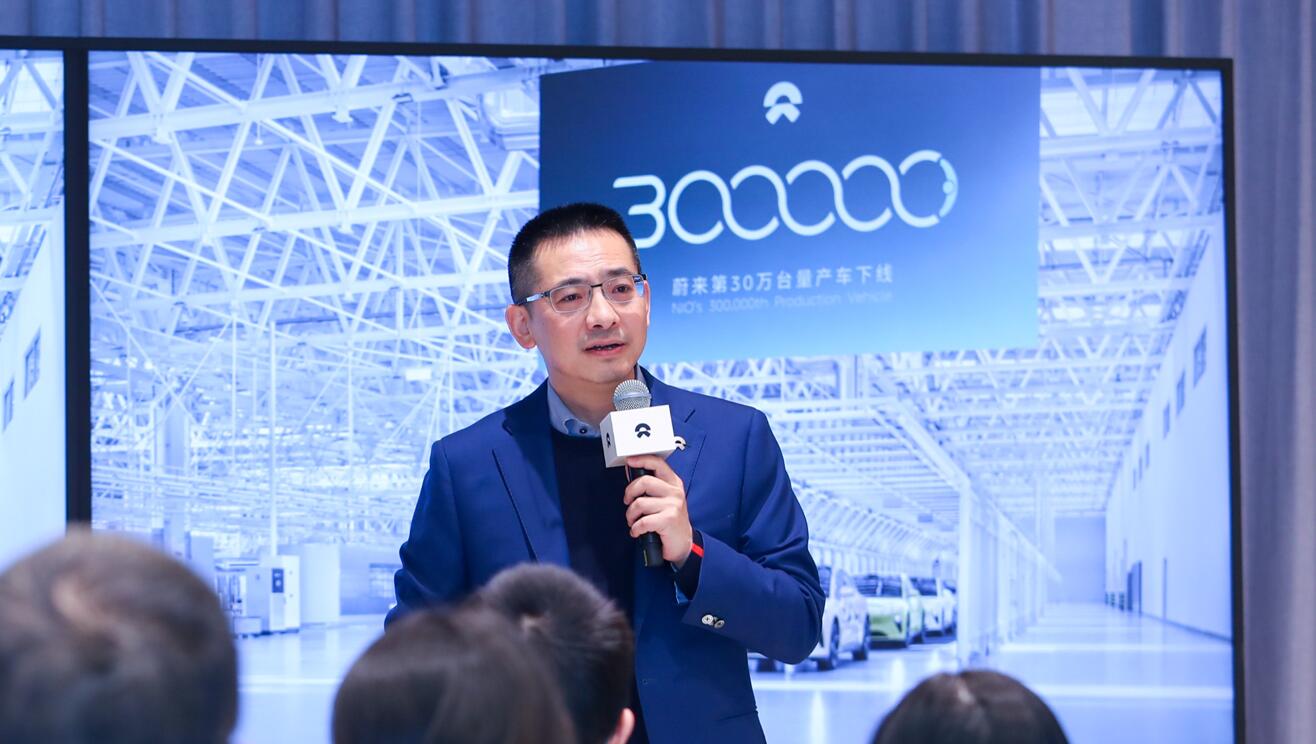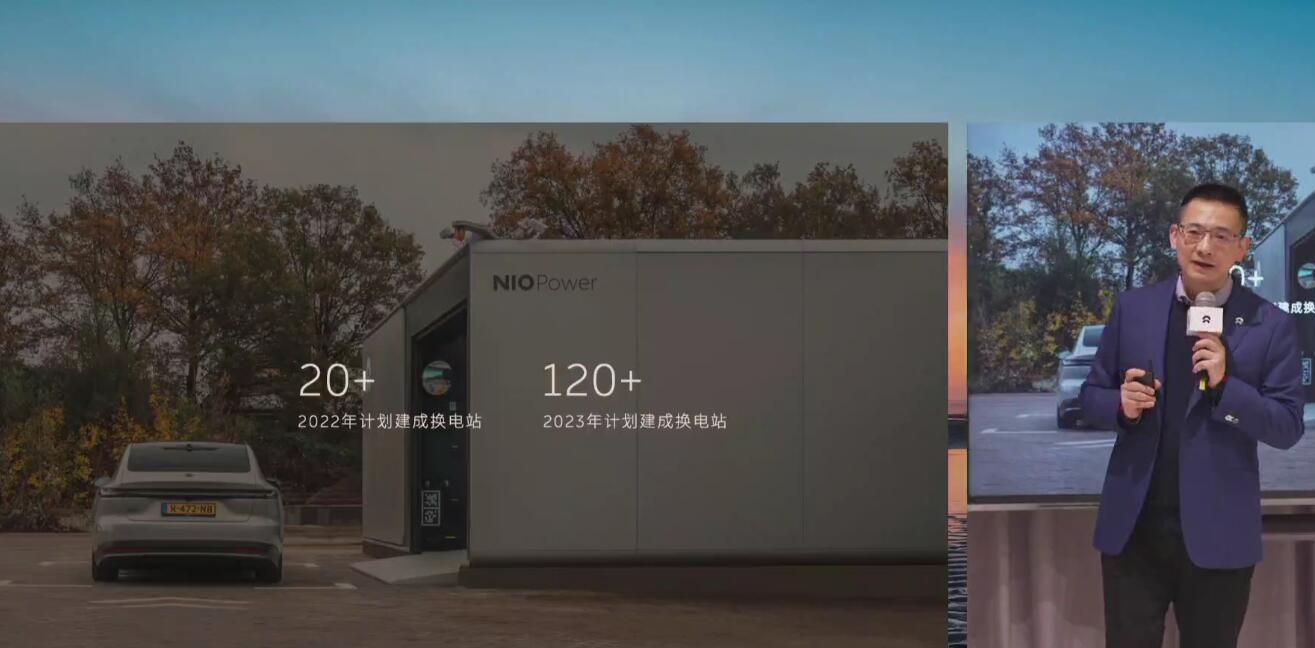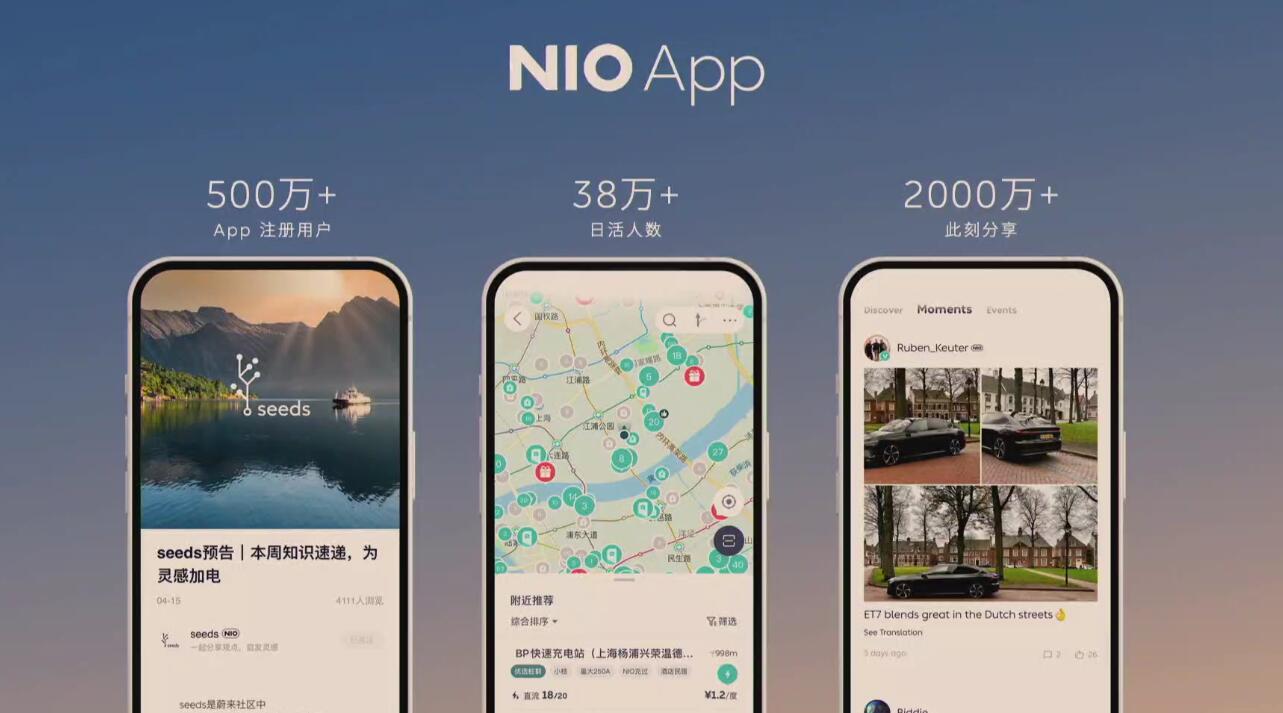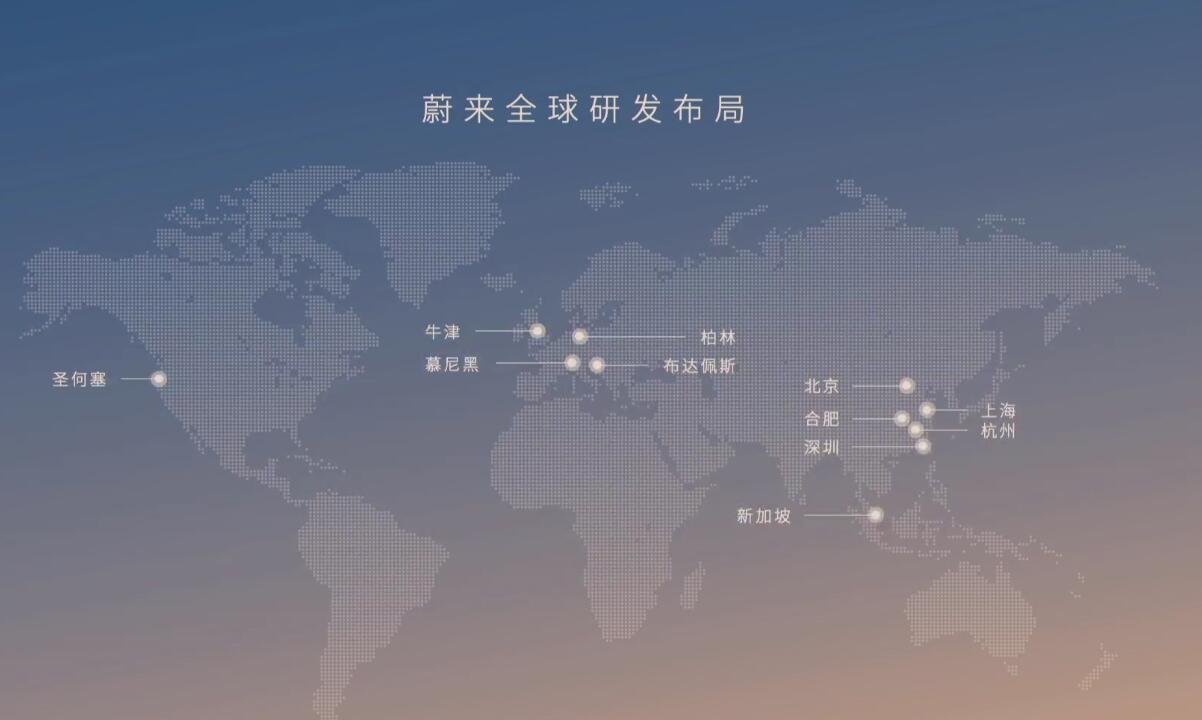Nio's year-end media briefing: Live updates
Delivery of Nio's 300,000th vehicle is expected to be around January 1, Qin said.

(Nio co-founder and president Qin Lihong.)
Nio held a year-end media briefing with English-language media, including CnEVPost, and some local Chinese-language media.
The company's co-founder and president, Qin Lihong, gave a speech and answered media questions.
Earlier today, Nio announced that its 300,000th production vehicle rolled off the assembly line, four years and seven months after the company's first production vehicle rolled off the line in May 2018.
Here are the key takeaways from the event, the new ones will be placed at the top.

The withdrawal of state subsidies for new energy vehicles is good in the long run and will help help the industry mature.
Qin called on regulators not to withdraw completely from supportive policies, including tax policies, and support for infrastructure development.
On the issue of chips, it is critical to decide what needs to be developed in-house. The chip development itself is not a big issue, the key lies in the manufacturing process and the supply chain.
There will be no inflection point in Nio's R&D investment until it sees the end of technological advances.
Nio does not easily talk about the endgame of R&D investment but will use financial discipline to limit its boundaries.
Some of the restrictions on the use of EVs that have emerged in Europe are not the current mainstream practice in various countries.
Nio's first phone will not be launched at this year's Nio Day.
Nio will launch two models on Nio Day 2022, one of which is the ES8 based on the NT 2.0 platform, and the other is a very stylish new model.
This year's Nio Day will be the first time that Nio will hold the event not in a stadium but in a pavilion, and the first time that two vehicles will be launched at one event.
Nio's previous goal of having a total of 20 battery swap stations in Europe this year may not be achieved. The number is likely to be around 18 by then.
The company maintains its goal to have 120 battery swap stations in Europe by the end of next year.

As of September 30, 2022, the Nio House in Oslo, Norway, attracted nearly 450,000 visits in its first year of operation.
Nio expects to add 50-60 Nio Houses in China next year. (Editor's note: As of the end of November, Nio had 318 Nio Spaces and 91 Nio Houses in China.)
The Nio App has over 5 million registered users and daily active users up to over 380,000.

Every 3-4 unattended battery swap stations at Nio are inspected by a specialist. Unattended is the key to the further expansion and globalization of these Nio's facilities.
Nio's assisted driving software NOP+ has a new feature that won't be found in other EVs -- battery swap under self-pilot.
Nio's vehicles will be able to navigate to battery swap stations by themselves, finish battery replacement and leave automatically. However, this function needs the support of high-precision maps, and the supported routes will be opened gradually.
NOP+ Beta has been provided to a few beta testers and will be rolled out to all NT 2.0-based vehicles by the end of this month.
Nio has two additional R&D centers in China in Shenzhen and Hangzhou in addition to those in Beijing, Shanghai and Hefei, and they are not involved in vehicle development, Qin said, hinting that they may be home to Nio's phone R&D team.

In China's high-end electric vehicle market priced above RMB 400,000, Nio had a market share of 77.6 percent in November.
Although the penetration of high-end EVs in China can be doubled or even tripled in the future, Nio still needs a new growth engine and a new brand in the mid-range mainstream EV market.

The average selling price of mainstream premium brands in the Chinese market in October was RMB 385,100, while Nio was RMB 466,000.

Delivery of Nio's 300,000th vehicle is expected to be around January 1, Qin said.
NIO sees 300,000th production vehicle roll off line

